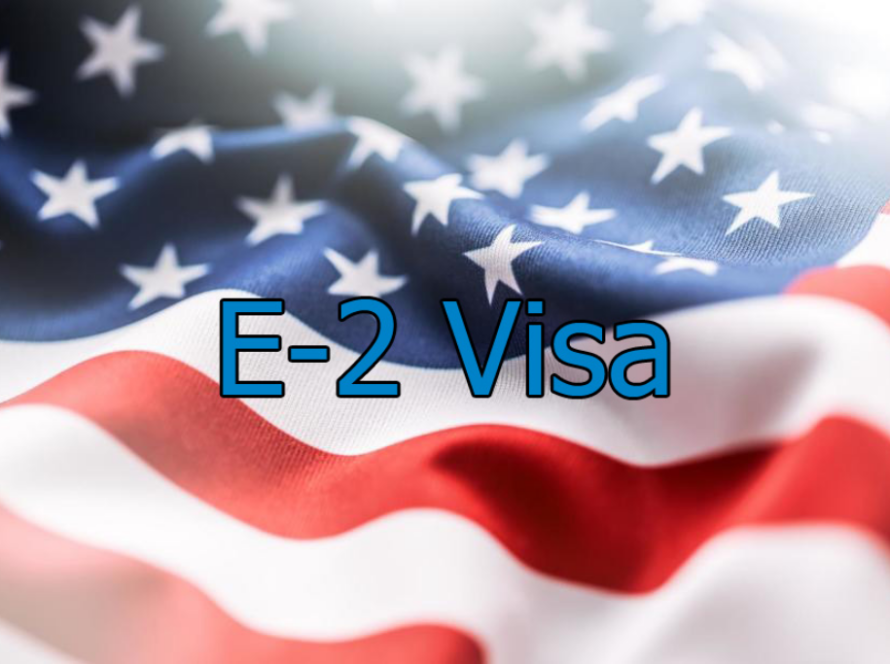Introduction
Love may know no borders, but immigration rules sure do. If you’re married to a U.S. citizen or green card holder and want to live together in the United States, the marriage-based green card could be your path to permanent residency—and eventually, citizenship. But it’s not as simple as saying “I do” and packing your bags.
Applying for a green card through marriage involves forms, interviews, background checks, and lots of paperwork. It can feel overwhelming, especially when your relationship is real, but the system still demands proof. You might be asking: How do we prove our marriage is “genuine”? What forms do we need? How long does this take?
This guide is here to walk you through the entire marriage-based green card process, whether you’re already in the U.S. or living abroad. We’ll cover eligibility, timelines, interviews, and what to expect every step of the way—no lawyer-speak, just honest, practical advice.
Because building a life together should feel exciting—not exhausting. So let’s get into it and help you turn your marriage into your legal home in the U.S.
1. What Is a Marriage-Based Green Card?
A marriage-based green card allows the foreign spouse of a U.S. citizen or green card holder to live and work permanently in the U.S. It’s one of the most common paths to lawful permanent residency.
You can apply from inside the U.S. (Adjustment of Status) or from abroad (Consular Processing), depending on where you are when you apply.
2. Who’s Eligible?
To qualify, you must meet the following:
- Be legally married (civil or religious, as long as it’s legally recognized)
- Your spouse must be a U.S. citizen or a lawful permanent resident (green card holder)
- You must be in a “bona fide” marriage, meaning it’s real and not just for immigration purposes.
- You are not inadmissible for other reasons (criminal history, prior immigration violations, etc.)
Important Notes:
- Same-sex and opposite-sex marriages are treated equally under U.S. immigration law.
- Fiancé(e) visas (K-1) are different—this guide is for couples who are already married.
3. Two Main Paths: AOS vs. Consular Processing
Applying from Abroad: Consular Processing
- If the foreign spouse is outside the U.S.
- The application is processed through the National Visa Center (NVC) and the U.S. embassy or consulate.
Applying from Inside the U.S.: Adjustment of Status (AOS)
- If the foreign spouse is already in the U.S. on a valid visa
- File all documents directly with USCIS.
- Can apply for work and travel authorization while the case is pending
4. Key Forms You’ll Need
Here’s a simplified breakdown of the core forms:
| Form | Purpose |
| I-130 | Petition for Alien Relative (filed by U.S. spouse) |
| I-485 | Application to Adjust Status (if applying in the U.S.) |
| I-864 | Affidavit of Support (proving financial stability) |
| I-765 | Work Permit (optional during pending AOS) |
| I-131 | Travel Document (Advance Parole, if needed) |
| DS-260 | Immigrant Visa Application (for consular process) |
Pro tip: Always include a cover letter listing what you’re submitting—it helps organize your case.
5. What Proof Do You Need?
You’ll need to prove two things:
- Your marriage is legal and genuine
- You’re financially able to support your spouse.
Documents include:
- Marriage certificate
- Joint lease or mortgage
- Photos together with family and friends
- Joint bank accounts or insurance
- Text messages, emails, travel tickets
- Affidavits from friends or family about your relationship
- U.S. spouse’s proof of income (tax returns, pay stubs)
Avoid:
- Submitting too little (raises red flags)
- Submitting only “staged” photos (they look unnatural)
- Leaving out financial documentation
6. The Timeline: How Long Does It Take?
Timelines vary by case and location, but here’s a general overview:
| Step | Approx. Time |
| I-130 Processing (USC) | 7–12 months |
| I-130 + I-485 (Concurrent Filing) | 10–24 months |
| Consular Processing | 10–18 months |
| Green Card Interview Wait | 3–6 months after biometrics |
If married to a U.S. citizen inside the U.S., you can file I-130 + I-485 at the same time to speed things up.
7. The Green Card Interview
This is one of the most important steps in the process. The interview is meant to confirm that your marriage is real.
What to Expect:
- Questions about how you met, your relationship, and your daily life
- Reviewing your documents again
- Possible “Stokes interview” (if the officer suspects fraud), where you’re interviewed separately
Sample Questions:
- When and where did you meet?
- Who proposed and how?
- What side of the bed does your spouse sleep on?
- What’s your spouse’s favorite food or TV show?
Be honest, calm, and prepared. It’s okay if you forget small things, but consistency matters.
8. Financial Sponsorship: Form I-864
Your U.S. spouse must show they can financially support you so that you won’t need public assistance.
Requirements:
- Must earn at least 125% of the Federal Poverty Guidelines
- Can use assets or a joint sponsor if income is too low
- Include tax returns, W-2s, and pay stubs.
Reminder: The financial sponsor is legally responsible for supporting the immigrant for years, even after divorce.
9. Conditional vs. Permanent Green Cards
If you’ve been married less than 2 years at the time your green card is approved, you’ll receive a conditional green card valid for 2 years.
Before it expires, you must file Form I-751 to remove conditions and get a 10-year green card.
To remove conditions:
- Show continued marriage (joint documents, updated photos, kids, etc.)
- Can file a waiver if divorced or in an abusive relationship
10. After the Green Card: What’s Next?
Once you receive your green card:
- You can live, work, and study freely in the U.S.
- Travel outside the U.S. (within limits)
- After 3 years (if still married to a U.S. citizen), you can apply for U.S. citizenship.
Keep updating your records (address, employment, etc.) with USCIS.
Common Mistakes to Avoid
- Submitting incomplete forms
- Missing financial proof or weak evidence of a relationship
- Forgetting translations for non-English documents
- Not preparing for the interview.
- Assuming your case will be easy because “our marriage is real.”
Even genuine couples can get denied if the paperwork doesn’t back it up.
Final Thoughts
A marriage-based green card is one of the most powerful ways to build your future together in the U.S.—but it’s also one of the most closely examined. Immigration officers aren’t just looking at your forms; they’re looking at your story. And the more organized, genuine, and clear your story is, the better your chances.
This process takes time, effort, and trust in one another. So take it seriously, stay patient, and support each other every step of the way. Whether you’re starting a new life together or reuniting after a long wait, your future is worth every signature, form, and interview.
You’ve got this—and love has no borders when you’ve got the right tools.
FAQs
1. Do we have to live together to get a green card?
Living together strengthens your case, but it isn’t legally required if you can prove a real relationship.
2. What if my spouse is a green card holder, not a citizen?
You can still apply, but the wait time may be longer compared to citizen-sponsored cases.
3. Can we apply while I’m in the U.S. on a tourist visa?
Yes, but it’s risky. USCIS might think you planned to “adjust status” all along. Consult a lawyer first.
4. What happens if we divorce during the green card process?
You may still qualify for a waiver, especially if the marriage was bona fide, but you’ll need to provide additional proof and possibly undergo a more rigorous interview process. It’s always a good idea to consult with an immigration attorney in this situation.
5. Can I work while waiting for my marriage-based green card?
Yes, once your I-485 (Adjustment of Status) is filed, you can apply for a work permit (EAD). This will allow you to work legally in the U.S. while waiting for your green card.


